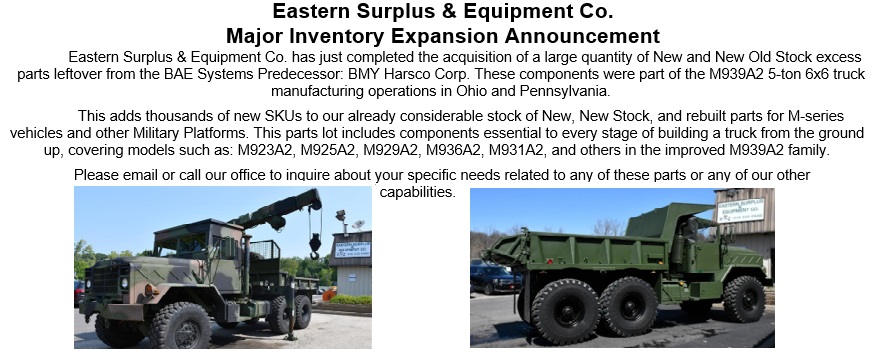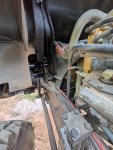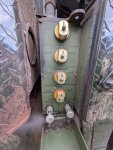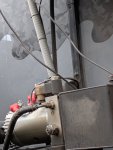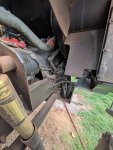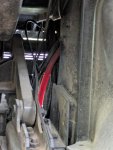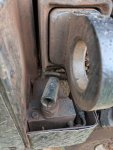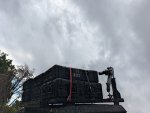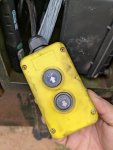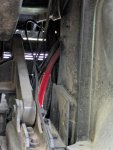Hello all,
I recently acquired a 1996 lmtv and have a question relating to safety during a cab lift for maintenance. The previous owner instructed me that the lift has built in safety catches as it goes up and therefore does not need to be secured, strutted, etc.
Now I left the cab up and noticed overnight that it had dropped significantly. Furthermore I left it up for a couple of days and it dropped all the way down.
My question is: How is this safe to be working under? If it catches, how can it drop over time?
I recently acquired a 1996 lmtv and have a question relating to safety during a cab lift for maintenance. The previous owner instructed me that the lift has built in safety catches as it goes up and therefore does not need to be secured, strutted, etc.
Now I left the cab up and noticed overnight that it had dropped significantly. Furthermore I left it up for a couple of days and it dropped all the way down.
My question is: How is this safe to be working under? If it catches, how can it drop over time?

